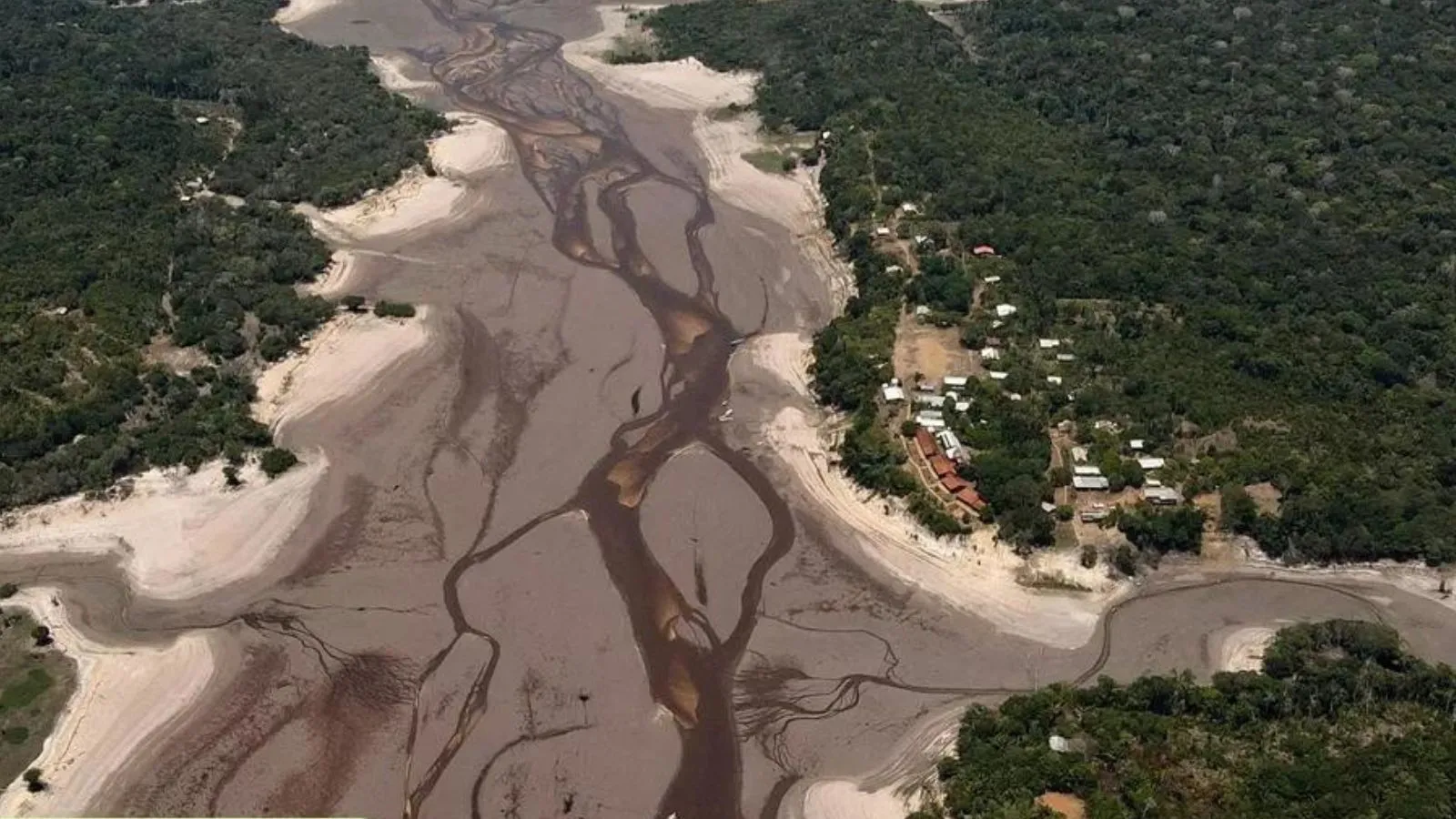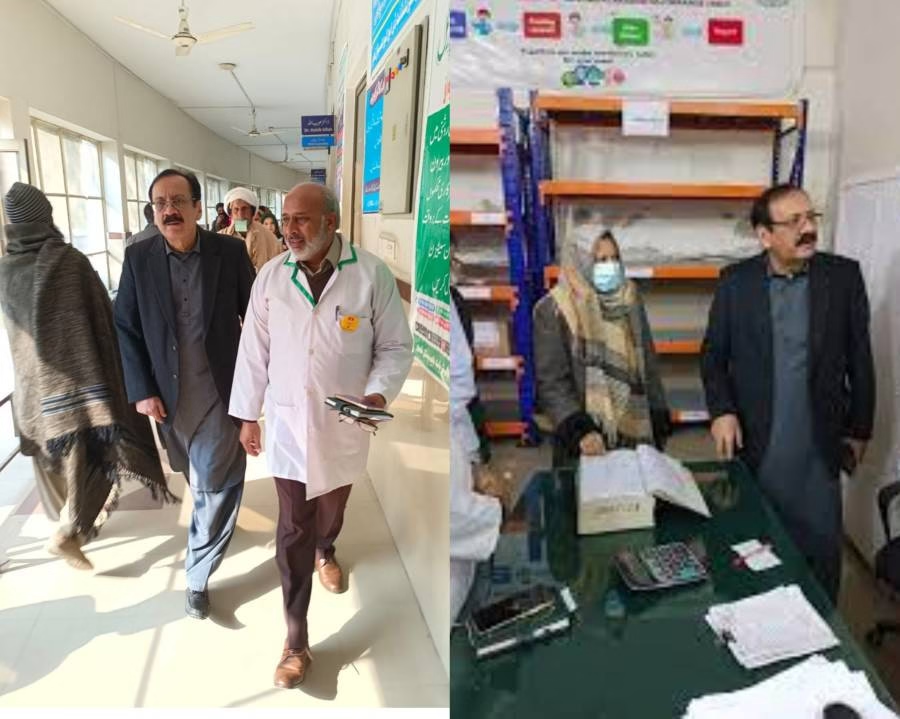Nearly one out of four people rely on groundwater, pumped from below the Earth’s surface, for survival due to lack of access to streams, dams, and freshwater lakes. However, by the end of this century, tens to hundreds of millions may find this crucial resource toxic and undrinkable due to rising temperatures.
An international team of researchers developed a global-scale model of heat transport to measure temperature changes in groundwater sources worldwide under different warming scenarios. The study indicates that around 590 million people could depend on water sources that fail to meet the strictest potable water standards by 2100.
“A lot of focus on climate change has rightfully been to do with weather events and the availability of water,” said hydrologist Dylan Irvine from Charles Darwin University in Australia, as reported by Science Alert. “But we do need to think more broadly about the impact that climate change will have on groundwater,” he added.
Catastrophic Consequences
The warming of groundwater and its catastrophic consequences have been largely overlooked. Groundwater, trapped within porous rocks, can contain dissolved minerals, pollutants, and potential pathogens. A slight increase in temperature can deplete oxygen levels, promote dangerous bacteria growth, and dissolve excessive concentrations of heavy metals like manganese and arsenic.
“There are already about 30 million people living in regions where the groundwater is warmer than stipulated in the strictest drinking water guidelines,” said Susanne Benz, a geoscientist at the Karlsruhe Institute of Technology in Germany and the study’s lead author. “That means it may not be safe to drink the water there without treatment. It may need to be boiled first, for example. The drinking water also gets warmed up in water pipes by heat in the ground,” she added.
Even in regions with adequate surface reservoirs, heated groundwater discharges can alter key dynamics essential for maintaining safe drinking water.
Under the ‘shared socioeconomic pathway,’ current figures could double, with 188 million people potentially living in areas where groundwater fails to meet the strictest drinkability standards by 2100.



